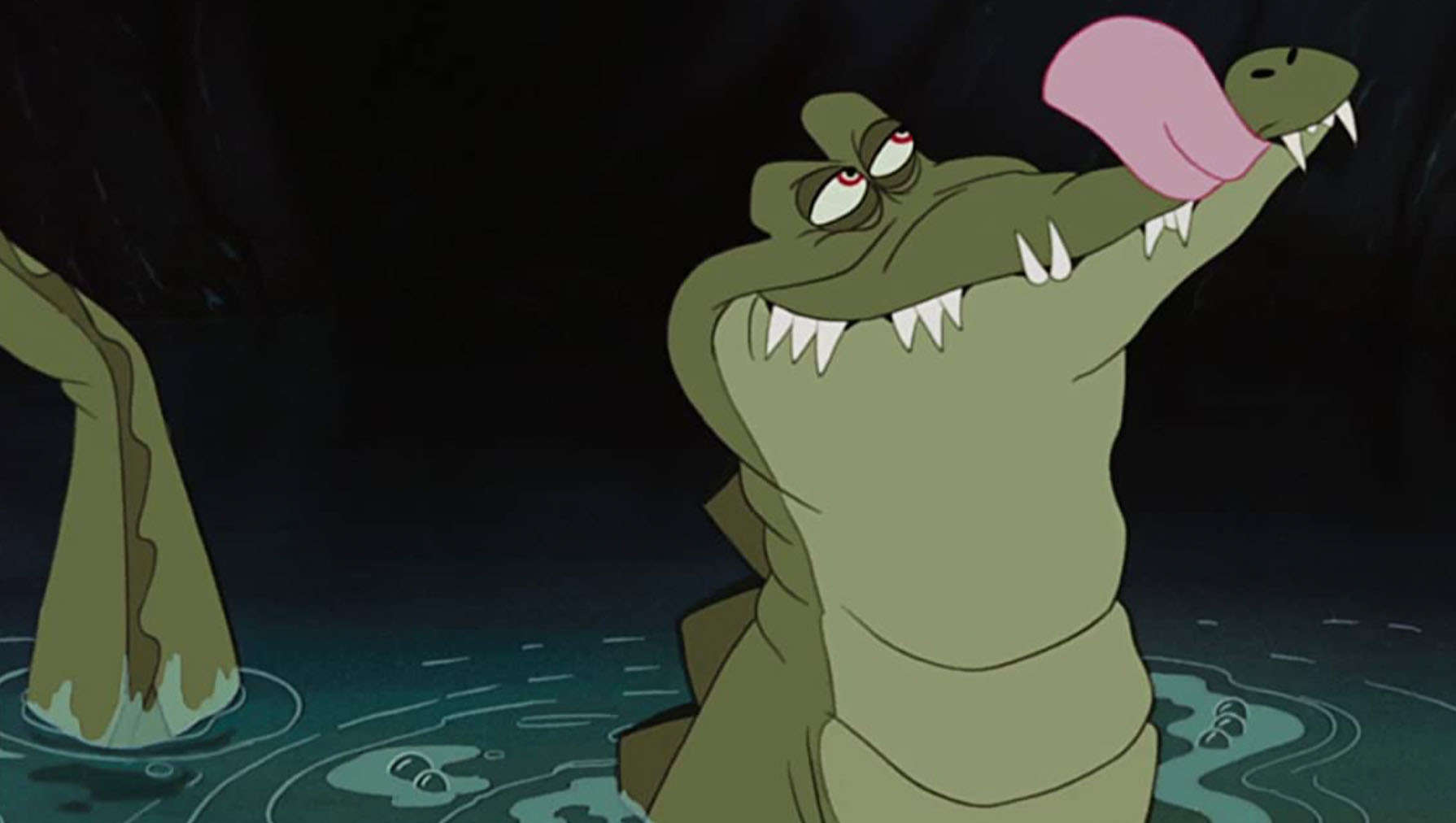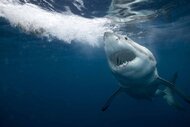Create a free profile to get unlimited access to exclusive videos, sweepstakes, and more!
Swamp Thing would have been terrified of this prehistoric croc that was 'king of the swamp'

Swamp Thing is and always will be pretty badass, but before he ever emerged from the muck, there was another swamp overlord which would have made him run.
Literally named “swamp king” (in the first part of its scientific name), Paludirex vincenti is the newest nightmare crocodile to crawl out of the past. This is why fossils stashed in the back of a museum should always get another look. Researchers from the University of Queensland in Australia were studying fossils that had been forgotten for decades when they realized they were looking at something that had never been identified — something terrifying.
P. vincenti is thought to have been about 16 feet long with a skull, similar to the extant Indo-Pacific crocodile, Crocodylus porosus. However, this was not just a prototype of C. porosus. Its broader and heavier skull, crushing jaws included, made it more like an Indo-Pacific croc on steroids. This monster had no problem feasting on the giant marsupials that roamed prehistoric Australia. Everything it ate needed to stop by a watering hole for a drink, even if that water was suspiciously green. That was when the beast seized its chance and its prey.
“[P. Vincenti and close relative P. gracilis] were presumably semi-aquatic ambush predators likely capable of taking large-sized prey items, as can be inferred from the skull morphology which is largely consistent with that of extant semi-aquatic generalist crocodilians,” said Jorgo Ristevski, who coauthored a study recently published in Paleontology and Evoutionary Science.
Formerly assumed to be a different species, possibly P. gracilis or Pallimnarchus pollens, P. vincenti was found to have a unique jaw morphology that set it apart from the others. Some of its teeth had a strange arrangement not found in the other specimens it was jumbled with. The front of its jaw was especially powerful. Surprisingly, P. vincenti is now better understood than P. gracilis, because its holotype specimen, meaning the first specimen ever found, is more complete. What differentiated it from the other croc were its premaxillae, cranial bones at the front end of the upper jaw that usually end in teeth.
Lying in wait for something thirsty to come by, P. vincenti terrorized the area now known as the Pliocene Chinchilla Sand of the Darling Downs in southeast Queensland sometime between 5.2 to 1.64 million years ago. That might as well be yesterday compared to the reign of the dinosaurs. Back when P. vincenti was a real danger, Australia was crawling with crocs. Almost of all of them were part of the extinct clade Mekosuchinae, except the ones that have survived until now, which are the Freshwater Crocodile (Crocodylus johnstoni) and the Indo-Pacific Crocodile. The last of the Mekosuchinae were around until humans came along. Our ancestors are thought to have been their worst enemy and driven them to extinction.
You can only imagine how excited it would have made Steve Irwin (RIP) to wrestle this swamp creature.


























